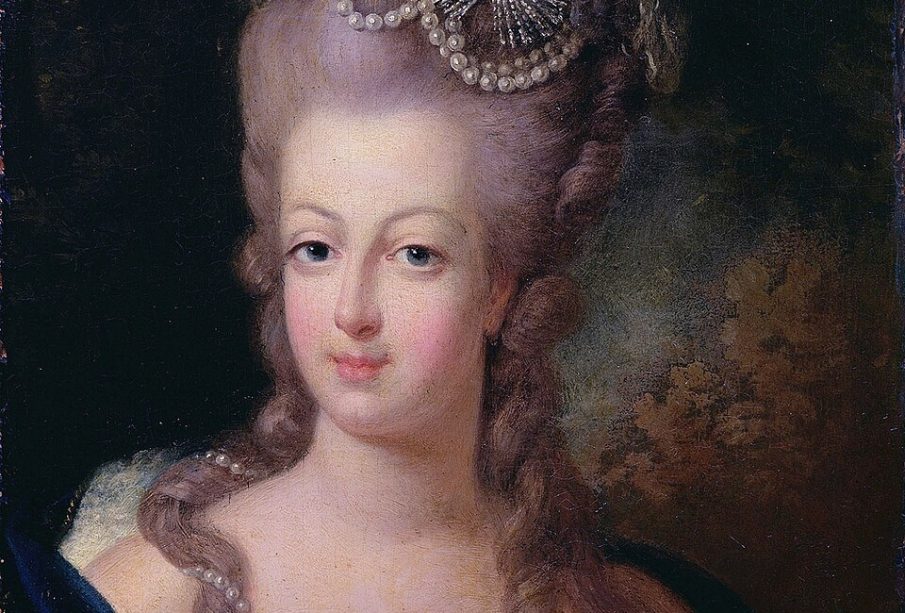The Life and Legacy of Marie Antoinette

Introduction
Marie Antoinette, the last Queen of France before the French Revolution, remains one of history’s most controversial figures. Her life is often associated with lavish excess and opulence, which became emblematic of the monarchy’s disconnect from the common people. Understanding her story is crucial in comprehending the social and political upheaval of late 18th-century France.
The Early Life of Marie Antoinette
Born on November 2, 1755, in Vienna, Austria, Marie Antoinette was the youngest daughter of Empress Maria Theresa and Emperor Francis I. In 1770, at just 14 years old, she married Louis-Auguste, the future King of France, as part of an alliance between Austria and France. The early years of her marriage were marked by political tension and difficulty, but she soon became a prominent figure in the French court.
Queen of France: Splendor and Controversy
As queen, Marie Antoinette became infamous for her extravagant lifestyle. While the country faced financial difficulties and famine, the queen was criticized for hosting lavish parties and wearing opulent fashions. The infamous phrase “Let them eat cake!” is wrongly attributed to her and symbolizes her perceived ignorance of the struggles faced by the French populace.
The queen’s influence on Louis XVI and her involvement in political affairs, particularly during the economic turmoil and preceding the revolution, made her a scapegoat for many of France’s woes. By the late 1780s, public sentiment turned sharply against her, fueled by propaganda and caricatures that depicted her as a symbol of royal excess.
The Fall of the Monarchy
The French Revolution began in 1789, dramatically altering the course of French history. As unrest grew, so did the demands for the royal family’s exile. In June 1791, Marie Antoinette and Louis XVI tried to escape to Varennes but were apprehended. This failed escape attempt further tarnished their reputation.
Eventually, the monarchy was abolished, and Marie Antoinette was arrested. She faced trial in 1793, where she was accused of treason and other charges. On October 16, 1793, she was executed by guillotine, a stark end to a life once filled with grandeur.
Conclusion
Marie Antoinette’s legacy is complex; she is viewed alternately as a victim of circumstance and as a royal contributing to the fall of the monarchy. Her story raises questions about the roles of women in history, the intersection of power and public perception, and the consequences of political instability. Today, her life serves as a reminder of the delicate balance between leadership and responsibility, and the potential impacts of disconnection in governance. Her life remains a subject of fascination, inspiring books, films, and scholarly debate, ensuring her place in the annals of history.









